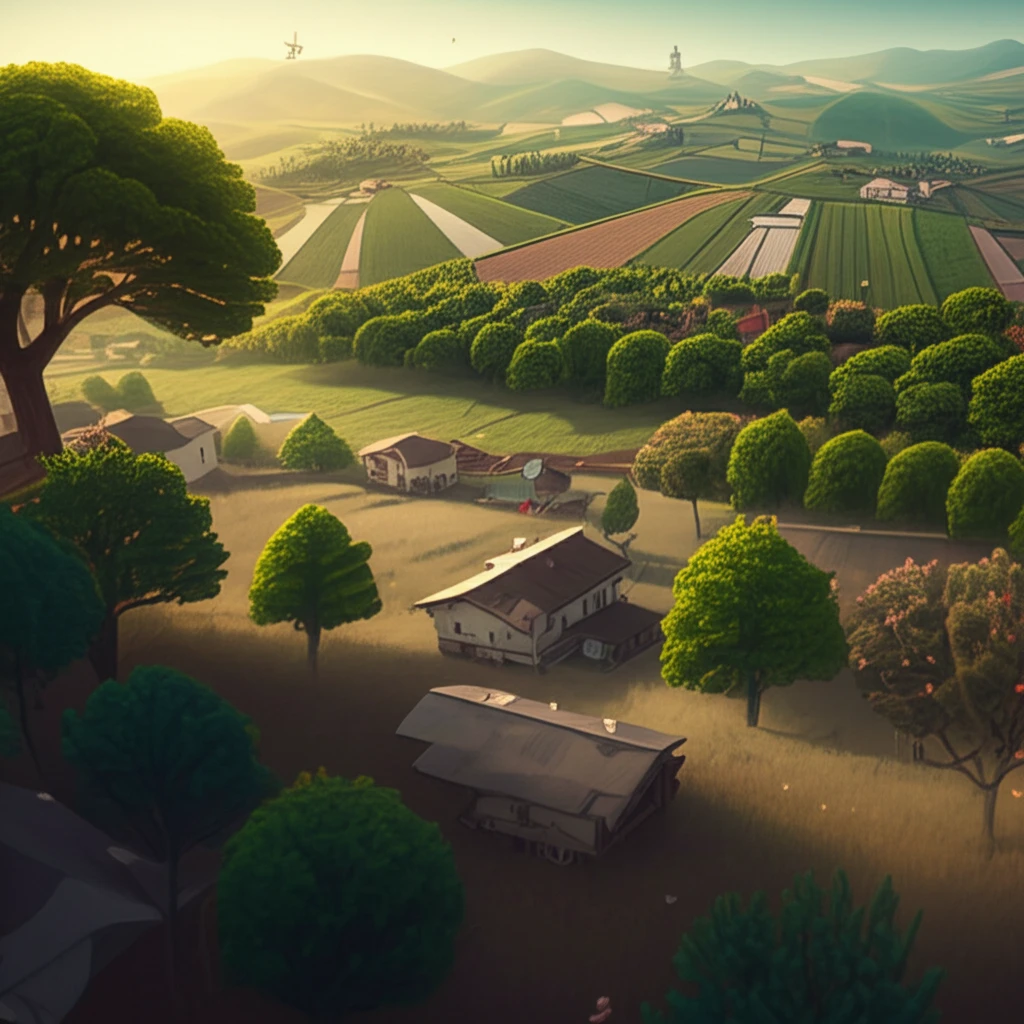
Agroforestry: Can Combining Trees and Crops Combat Climate Change?
"Discover how remote sensing and GIS technologies are revolutionizing sustainable agriculture in Bihar, India, offering a path to resilience in a changing climate."
In an era defined by increasing climate variability, innovative agricultural practices are more critical than ever. Agroforestry, which integrates trees and shrubs into farming systems, has emerged as a promising strategy for building climate-smart agriculture. This approach not only enhances environmental sustainability but also bolsters the resilience of farming communities against extreme weather events.
Recent studies have highlighted the escalating impacts of climate change on agriculture, including rising temperatures, erratic rainfall patterns, and increased drought frequency. These changes significantly threaten food grain production, particularly in regions heavily reliant on monsoon seasons. Agroforestry offers a buffer against these impacts by creating diversified ecological niches and promoting better water management.
The integration of remote sensing and Geographic Information Systems (GIS) is revolutionizing land assessment for agroforestry. These technologies allow for detailed analysis of land characteristics, soil fertility, and climate patterns, enabling policymakers and planners to identify the most suitable areas for implementing agroforestry practices. This data-driven approach ensures resources are allocated effectively, maximizing the benefits for local communities and ecosystems.
Mapping the Potential: How GIS Identifies Agroforestry Hotspots

A recent study focused on Samastipur, Bihar, India, demonstrates the power of GIS in identifying lands suitable for agroforestry. By integrating various data layers—including soil fertility, digital elevation models (DEM), wetness indices, Normalized Difference Vegetation Index (NDVI), and land use/land cover (LULC) maps—researchers created detailed suitability maps. These maps categorize land areas into very high, high, moderate, and low suitability for agroforestry.
- Data Acquisition and Preprocessing: Gathering satellite imagery (Sentinel and Landsat), soil maps, and climate data.
- GIS Integration: Combining thematic layers in a GIS environment.
- Suitability Mapping: Generating agroforestry suitability maps based on weighted criteria.
- Cross-Evaluation: Assessing the suitability categories against existing land use patterns.
Looking Ahead: Agroforestry as a Key Climate Resilience Strategy
The integration of agroforestry into agricultural practices represents a vital step towards building climate resilience and ensuring food security. By leveraging remote sensing and GIS technologies, regions like Bihar can strategically implement agroforestry, optimizing land use and supporting vulnerable farming communities. As climate change continues to pose challenges, these innovative approaches offer a sustainable pathway towards a more secure and environmentally sound future.
